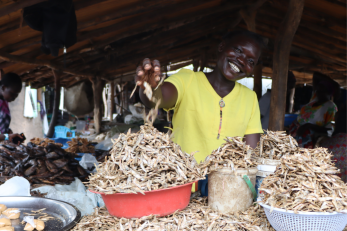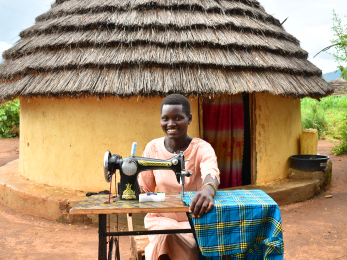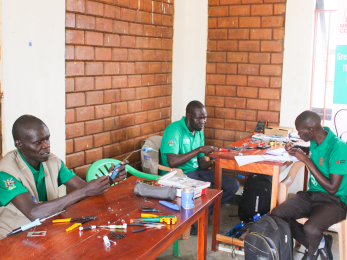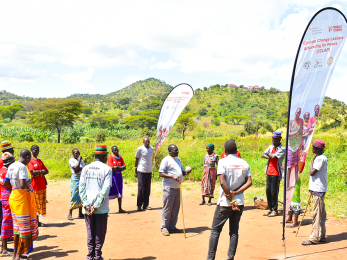The State of Refugee Finance Sector Report
Third Edition

Forced displacement is growing at an unprecedented rate due to conflict, climate change, and socio-economic instability. As of June 2024, over 120 million people are forcibly displaced worldwide, with approximately 85% residing in developing countries. This growing crisis places immense pressure on social infrastructure, resulting in poor development outcomes. Many displaced persons face economic exclusion, limited access to formal employment, and restricted access to finance. Coupled with declining aid funding, these challenges have created heightened uncertainty—necessitating a shift in how interventions are designed and implemented.
Uganda currently hosts approximately 1.7 million refugees, a number projected to rise to 2 million by the end of 2027. This growing refugee population calls for a transition from traditional humanitarian aid to more sustainable, market-based approaches— specifically, the Market Systems Development (MSD) approach. MSD emphasizes systemic, sustainable change by addressing market constraints and fostering selfsustaining economies, enabling long-term economic participation for refugees.
This third State of the Refugee Finance Sector report builds a strong business case for applying the MSD approach within Uganda’s refugee finance sub-sector. It offers practical tools, strategies, and guidance tailored for funders, development actors, donors, financial institutions, refugee-led organizations, and other stakeholders. The report draws insights from various refugee finance initiatives in both urban and settlement contexts, including Mercy Corps’ ReFine program, funded by the Agence Française de Dе`veloppement (AFD).


